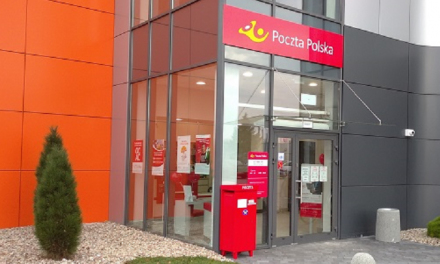
Bringing the way we think about location back to the future

Guy Davenport, managing director of Locpin Ltd, argues that we need to change the way we think about location. Since 1989 we’ve been waiting to see what the future will really bring on 21st October 2015. ‘Back to the Future II’ shows a future filled with flying cars, hover boards and dog walking drones. Drones are already a reality (but not necessarily ideal for dog walking) and a number of retailers and carriers are already looking at them for the future of delivery services. In fact, Swiss Post and DHL Germany are in the testing phase. The initial focus has been on developing a reliable fast route for medical services but as we’ve seen in Singapore, drones are already being trialled for mail deliveries. So what’s standing in the way of making this an everyday service?
Well, whilst drones have the ability to beat the traffic and provide more streamlined last-mile delivery routes, without postcode innovation they are going to face the same delivery challenges that today’s postal services do.
The solution? We need to change the way we think about location.
Pushing the innovation envelope
Now the internet has pervaded every aspect of our lives, location is no longer static. With smartphones at our fingertips, location is mobile and consumers already use their location data for a wide-variety of services. The key to providing the delivery services of the future is to develop a platform that utilises this capability and is not only suitable for businesses, but still enables consumers to own and manage their location data.
Personal location IDs should move with us, particularly when you consider that there was an average of 1,000 house moves every day last year in the UK alone. At the moment there are on average 16 addresses for every postcode, making the system fraught with inaccuracy and leading to hidden costs for both couriers and retailers. With delivery drivers left to figure out where exactly the end-customer is located, it inevitably causes service problems.
Despite the UK having one of the most advanced delivery networks in the world, each year around 10% of retail deliveries still fail to be delivered on time (or on the first time) and 0.6% of deliveries experience problems specifically due to addressing issues. With the UK postal industry worth approximately £55bn (around 5% of UK GDP) there is potentially a huge amount that could be saved.
Whilst rolling out new technology at this stage may seem daunting, we need to ensure we are future-proofing our infrastructure. With Amazon rolling out one hour delivery for online orders, Argos offering same-day delivery and Black Friday just around the corner, the heavy usage of our existing postal system and delivery networks is only set to increase.
Getting the customer’s stamp of approval
To stay ahead of the game, retailers and carriers alike need to start taking advantage of location based services which enable them to pinpoint a customer’s exact location, not just the general area or nearest street. This opens up a number of new business opportunities; carriers can be more flexible with timings and location and even begin to explore delivering to places not covered by traditional postcodes.
Many consumers want to get items delivered to their office or another address. In our busy lives we don’t always know where we might be from one day to the next. When out and about, you can still receive calls and emails, hire a cab, or get food delivered, so why should parcels be any different? The retailers and carriers that can deliver these next generation services that meet and exceed customer expectations will achieve the levels of customer satisfaction required to ensure consumers keep coming back.
Not only this, but with more accurate and reliable deliveries, come the benefits of higher quality customer data. And, by planning delivery routes more accurately, carriers can save time as well as reducing fuel and emissions costs.
With these more precise delivery routes, the number of customers phoning to ask what has happened to their parcel, or requesting re-delivery will be significantly reduced. In an industry that runs on small margins, these cost savings can represent a big difference that helps to give a real competitive edge.












